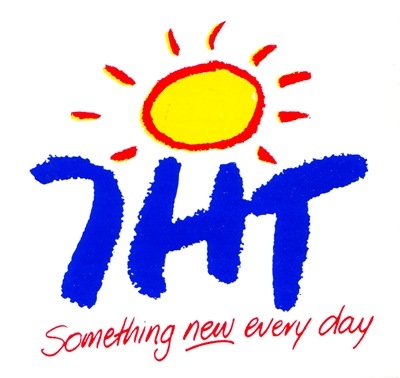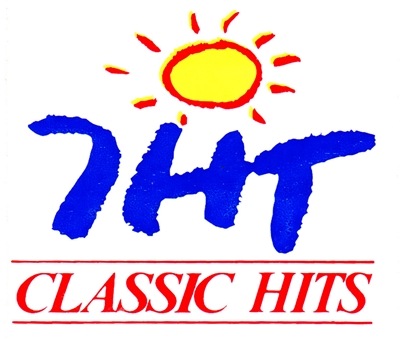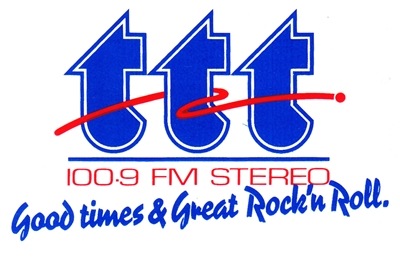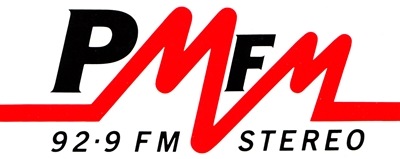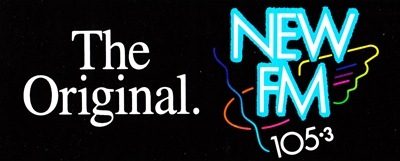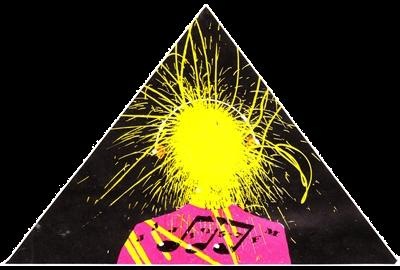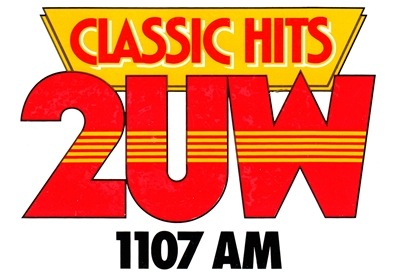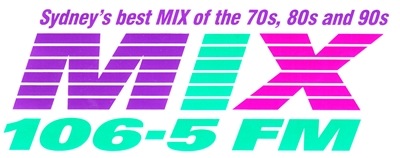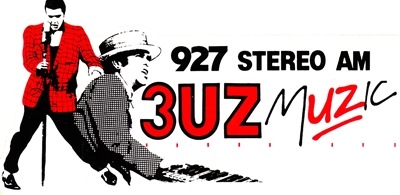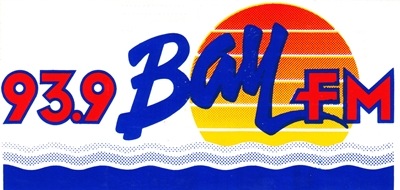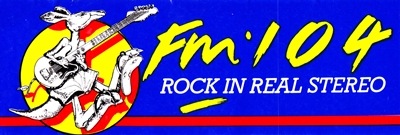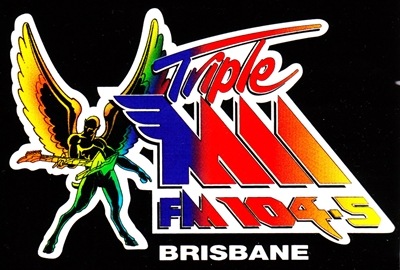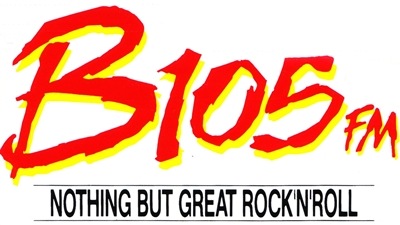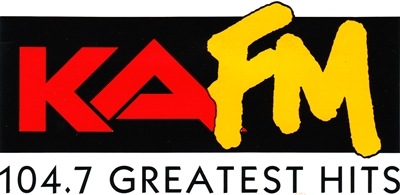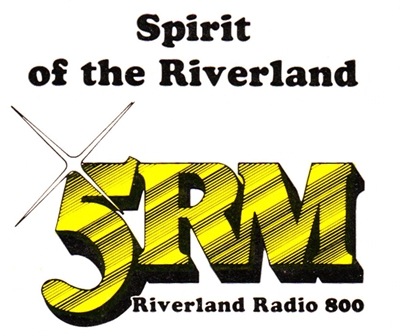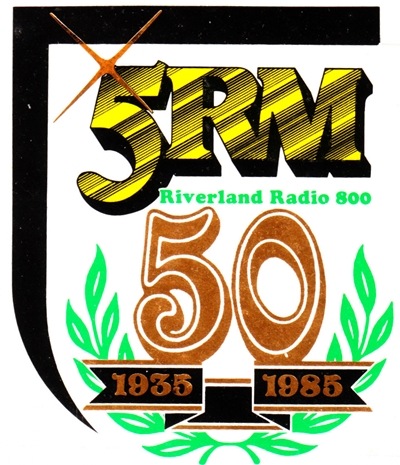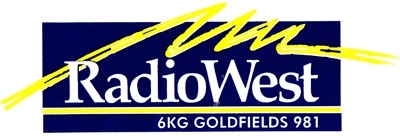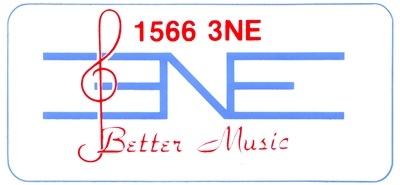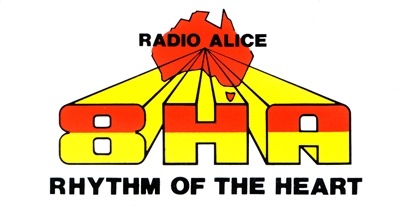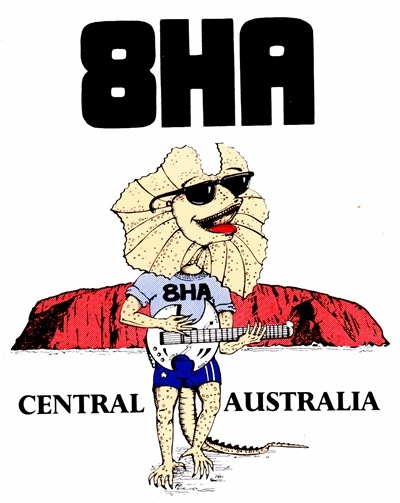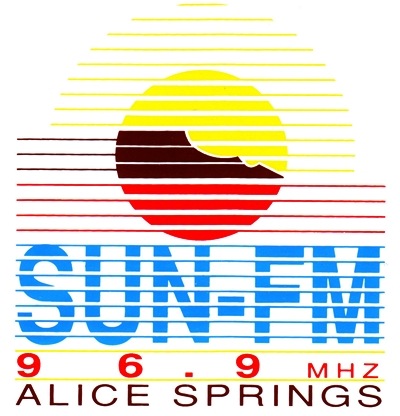7HT was Hobart’s second commercial radio station when it launched in 1937. For the next 53 years, 7HT and its older rival 7HO would be the only commercial radio stations in Hobart.
7HT in 1988, above, and a few years later, in 1992:
With the arrival of commercial FM radio into the city in 1990, top-rating local station 7HO chose to convert to FM to rival newcomer 7TTT. 7HT chose to stay on the AM band and, along with its Northern Tasmanian partner 7EX, it converted to a talk and racing format with the new branding 7TAB:
A more sophisticated look followed in 1994:
As a result of the change 7HT changed its licence from a commercial radio station to a narrowcast licence devoted to racing. This led to the licencing of a new commercial radio station in Hobart, 7XXX on 107.3 MHz which commenced operation in 1998.
7TAB is now known as TOTE Sports Radio with 1080 kHz in Hobart the primary transmitter and FM transmitter sites across Tasmania, including Launceston where 7EX is now on 90.1 MHz (call-sign: 7EXX). TOTE Sports Radio broadcasts a combination of local programming and program content relayed from Sport 927 (3UZ) in Melbourne.
